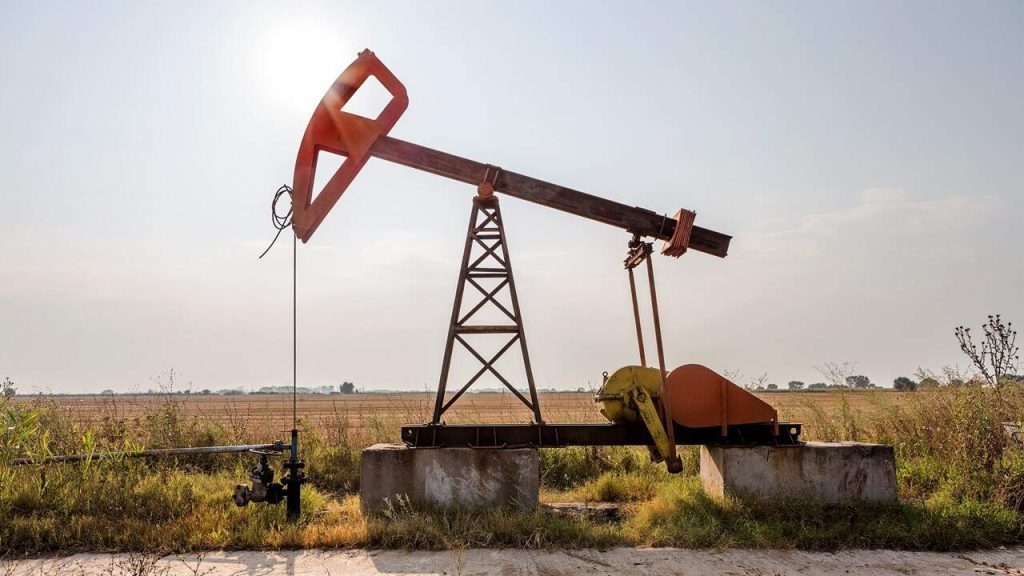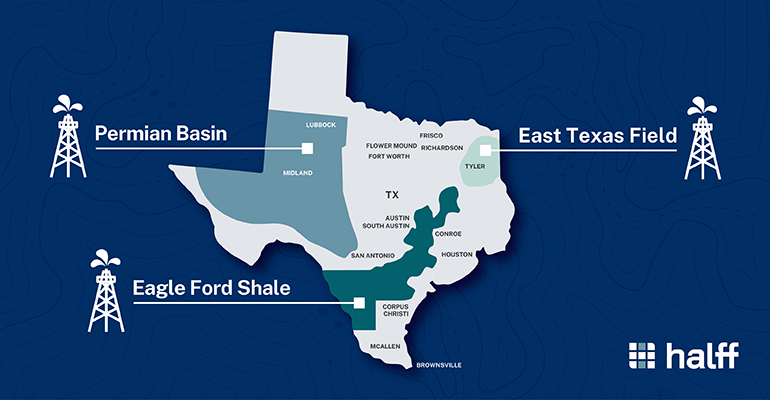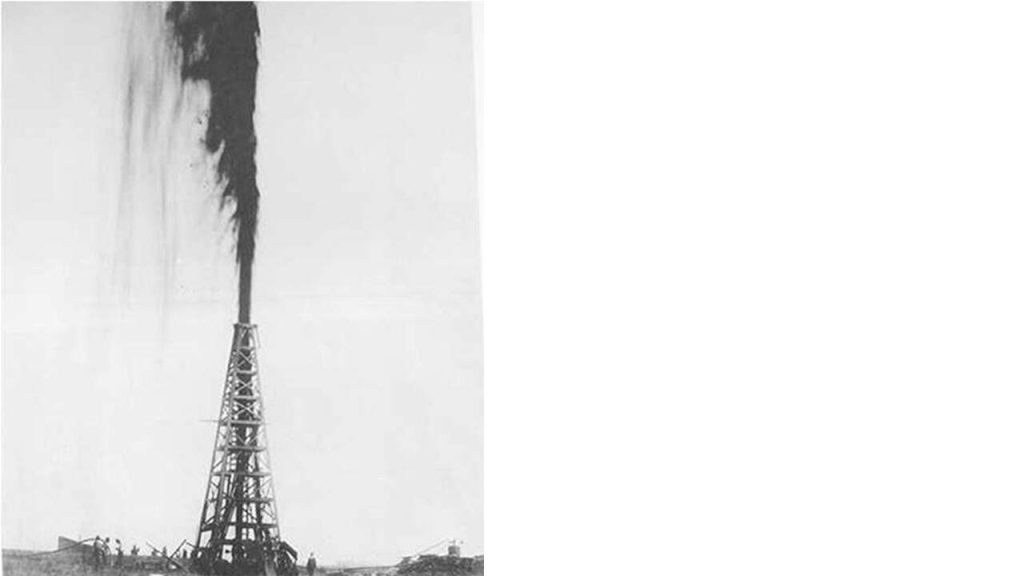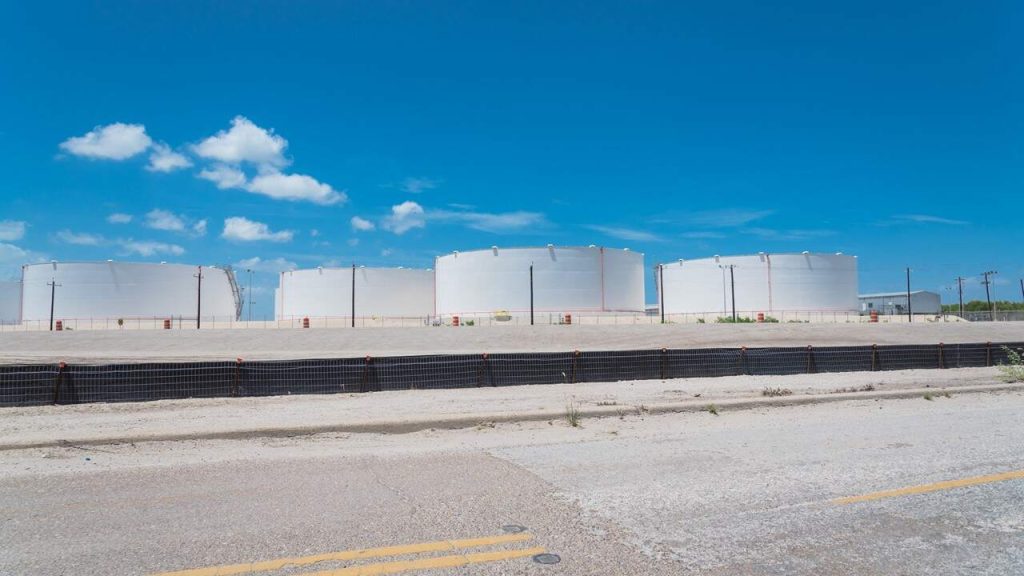10 Interesting Facts About Texas Oil and Gas
Did you know that Texas leads the United States in oil and natural gas production?
The state of Texas accounted for 42% of national crude oil production and 27% of its marketed natural gas production in 2022.
Oil has been discovered in most areas throughout the great state of Texas.
Texas’ first oil well was drilled back in 1866 by Lyne T. Barret in Nacogdoches County. More wells were established soon afterward, with the first major discovery happening in 1894. Numerous oil and gas production sites continued to be established across the state through the late 1800s and 1900s.
Keep reading to learn more about the rich history and presence of the oil and gas industry in Texas.
Here are 10 things you may not have known about the oil and natural gas industry in Texas:
1. Origins of Texas Oil: The earliest discoveries of oil in Texas began with Native Americans. They first found it seeping through the soil and believed it had medicinal properties.
European explorers learned about this crude oil from the Native Americans. Survivors of the DeSoto expedition found oil floating on the water near the Sabine Pass in 1543 and used it to caulk their boats.
2. Top Two Regions: Most of Texas’ oil and natural gas resources originate from the Eagle Ford Shale in South Texas and the Permian Basin in West Texas.
3. Permian Basin: The Permian Shale Basin is the largest crude-producing region in Texas, and is one of the most significant oil-producing regions globally. It has been a crucial driver of Texas’ oil production, contributing to its ranking as a leading oil-producing state.
4. Eagle Ford Shale: The Eagle Ford Shale was known for many years but did not gain attention as a viable oil and gas source until the early 2000s.
Advances in horizontal drilling and hydraulic fracturing (fracking) technologies allowed energy companies to extract oil and gas from unconventional shale formations such as Eagle Ford. It has become one of the most important and productive shale formations in the United States since being drilled in 2008.
5. East Texas Field: The East Texas Field, discovered in 1930, is one of the largest and most abundant oil fields in the United States. The area is located within and around the cities of Tyler, Kilgore and Longview, Texas. It has produced over 5.4 billion barrels of oil to date since its discovery.
This map represents over 10,000 wells in the East Texas oil field, and was drawn by
E.D. Ray in 1933.
6. Spindletop Gusher: The most famous date in Texas petroleum history is Jan. 10, 1901, when the Lucas Geyser erupted in the Spindletop oil field. This astonishing geyser gushed out mud mixed with natural gas and oil, producing thousands of barrels of oil. It was one of the largest oil gushers in history.
The Lucas (aka Spindletop) Geyser marked the beginning of the
huge oil boom in Texas, much like the California Gold Rush in 1848.
Image source: Wikipedia/John Trost
7. Texas Oil Boom: One year after the Lucas (Spindletop) Geyser marked the beginning of the oil boom in Texas. Spindletop oil field produced 94% of Texas’ oil in 1902. Oil production began to rapidly spread across the state, leading to a population influx, rapid economic growth and the establishment of numerous oil companies.
8. Plenty of Resources: Did you know that oil and natural gas has been produced and discovered in most areas across the entire state of Texas?
The United States soon became the world’s leading oil producer, largely due to these discoveries throughout multiple regions in Texas. While there are more concentrated regions, oil and gas has been found almost everywhere in the Lone Star State.
9. Natural Gas Reserves: Texas is not just a major oil producer. It also boasts significant natural gas reserves. The state’s natural gas production has contributed substantially to the United States’ overall gas output.
Storage tanks in Corpus Christi, Texas.
10. The Energy Capital: Houston, Texas, is known as the “Energy Capital of the World.” In addition to its reputation for some of the best and most diverse foods, Houston hosts the headquarters of numerous oil and gas companies too.
It is a major hub for energy-related activities, including trading and finance. One reason for this is because the Texas oil boom began in Beaumont, Texas, located just 90 miles east of Houston. This is where the famous Lucas (Spindletop) Geyser erupted in 1901.
The oil and gas industry is continuously evolving. A noteworthy contribution to this industry comes from many shales and basins within Texas regions.
Texas’ historical and current presence in oil and gas production remains undeniable, and will continue to play a significant role in the United States economy for years to come.
Need energy services to power your projects? Contact Halff’s Energy professionals to speak with our team.
Reach out to Energy Practice Leader Ernest Torres (eTorres@halff.com) or Director of Energy Trey Moran (tMoran@halff.com).
Visit our Energy service page to view Halff’s projects and offerings.









